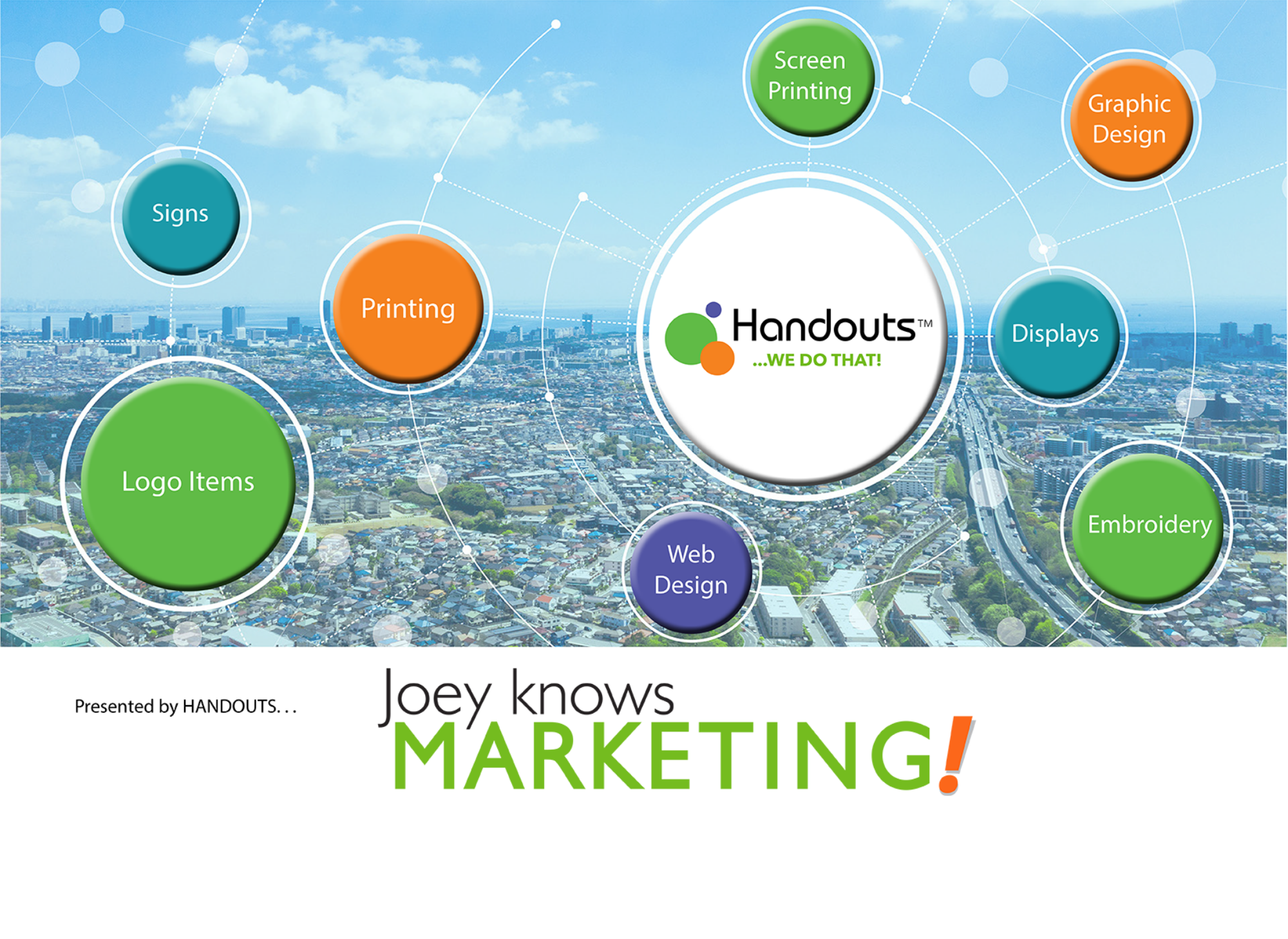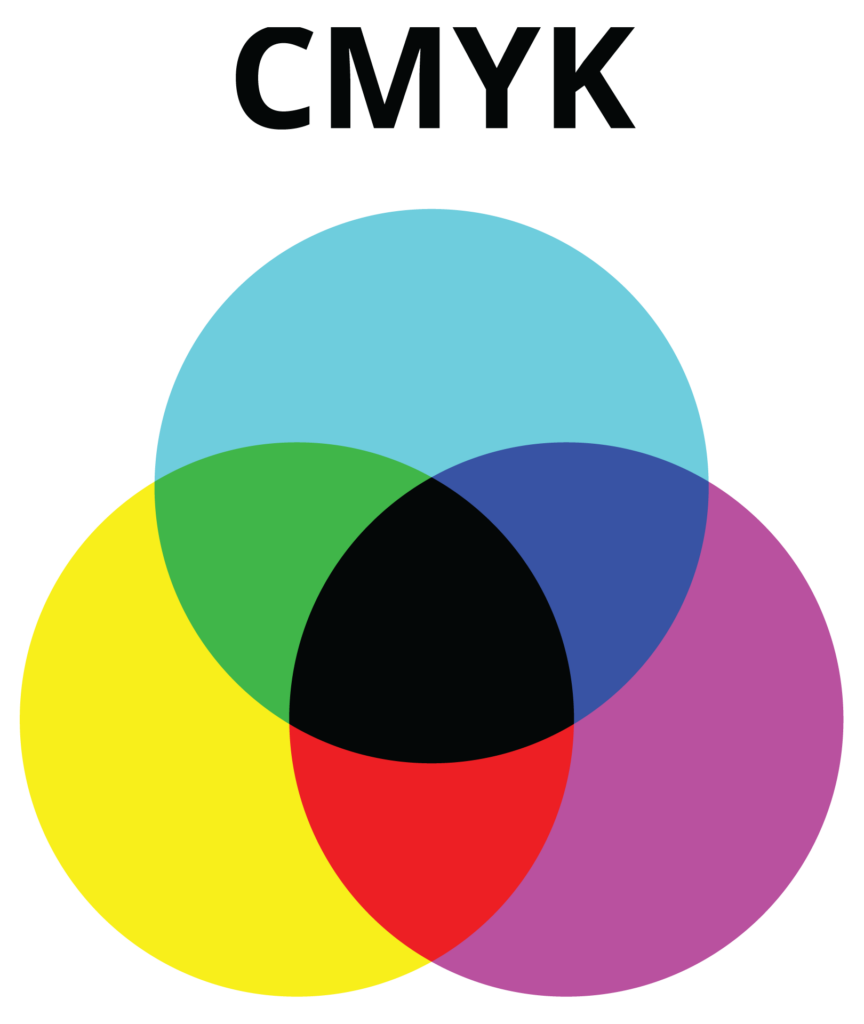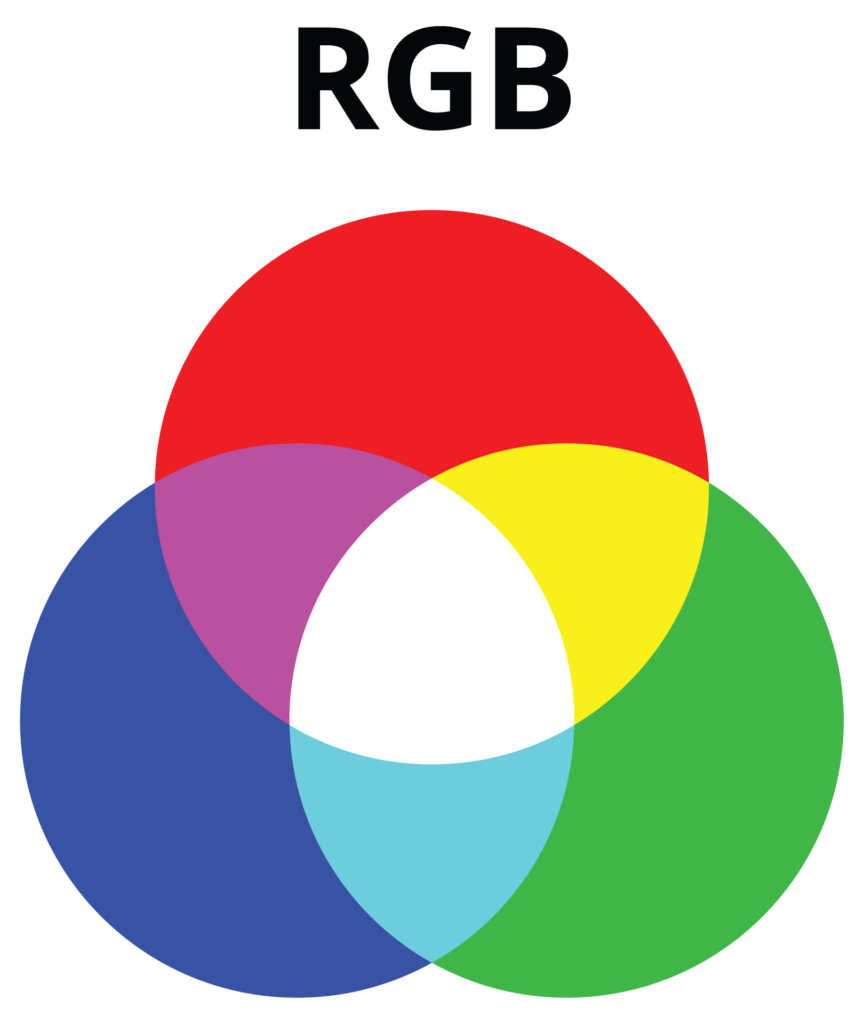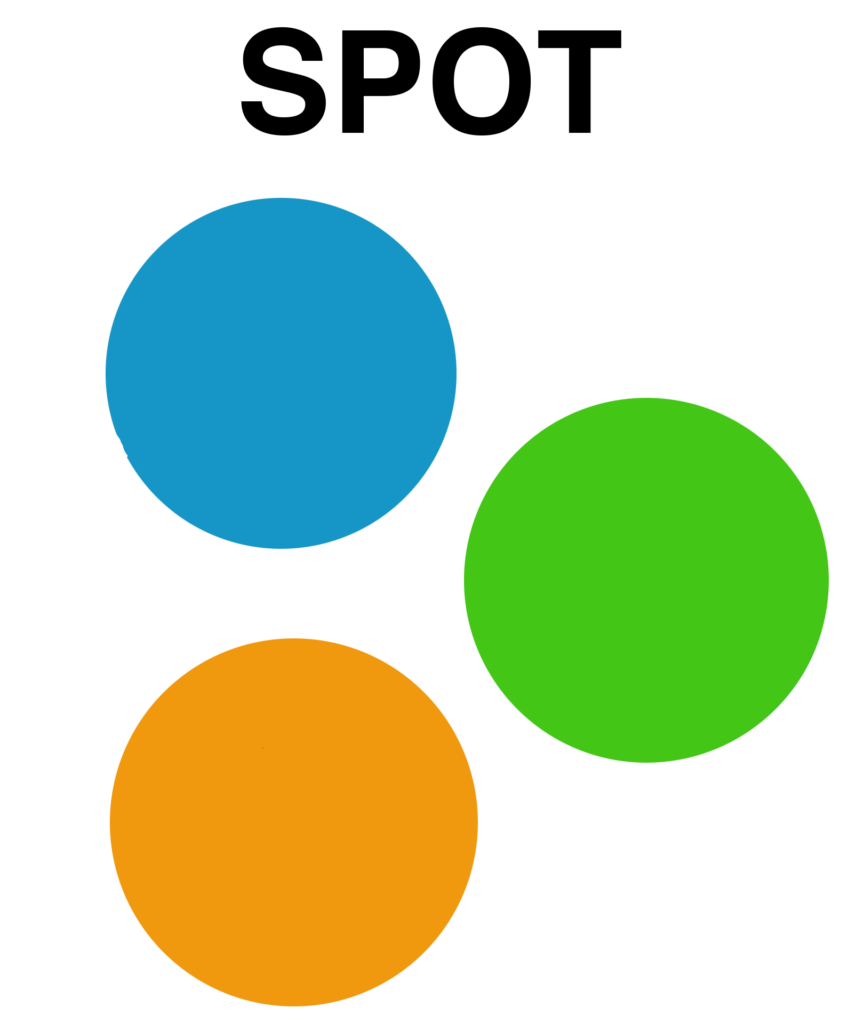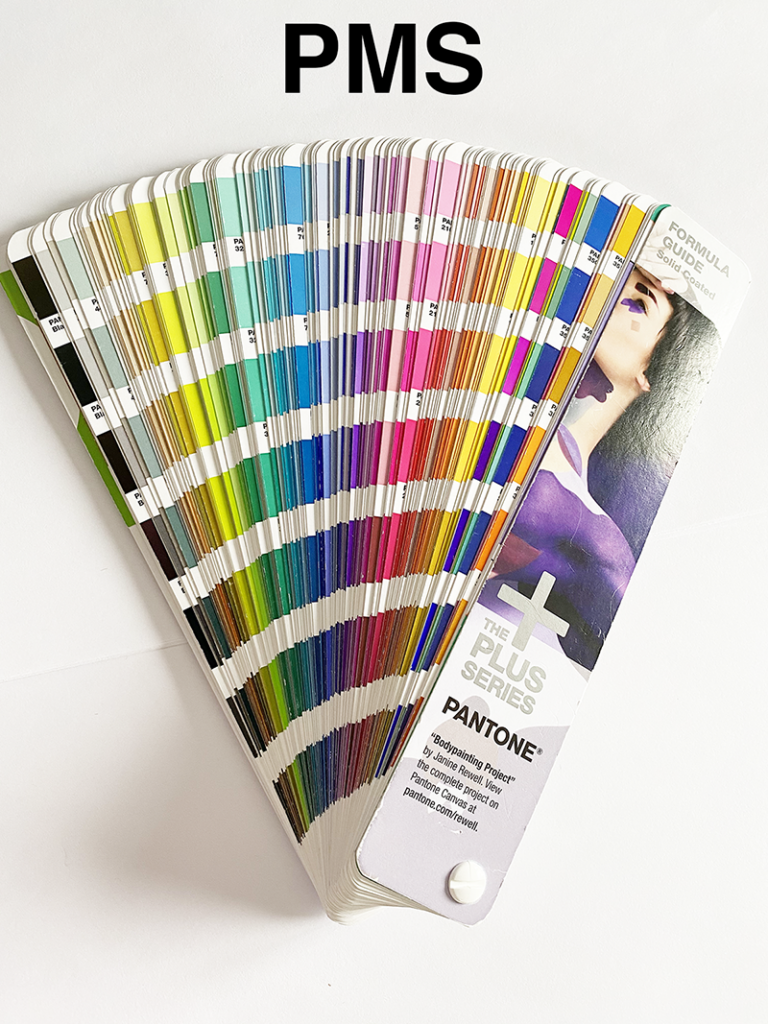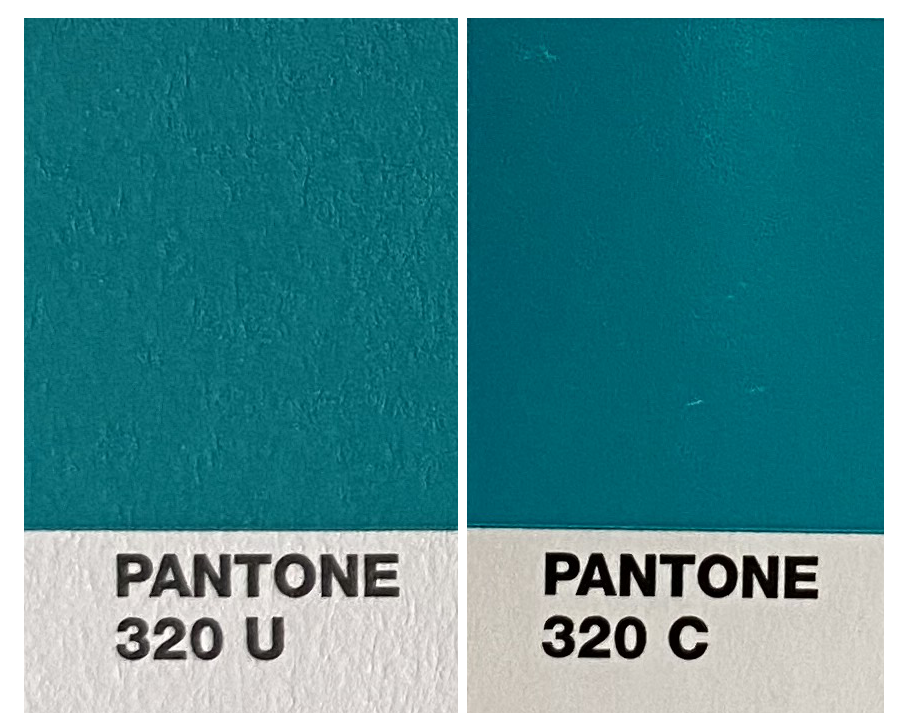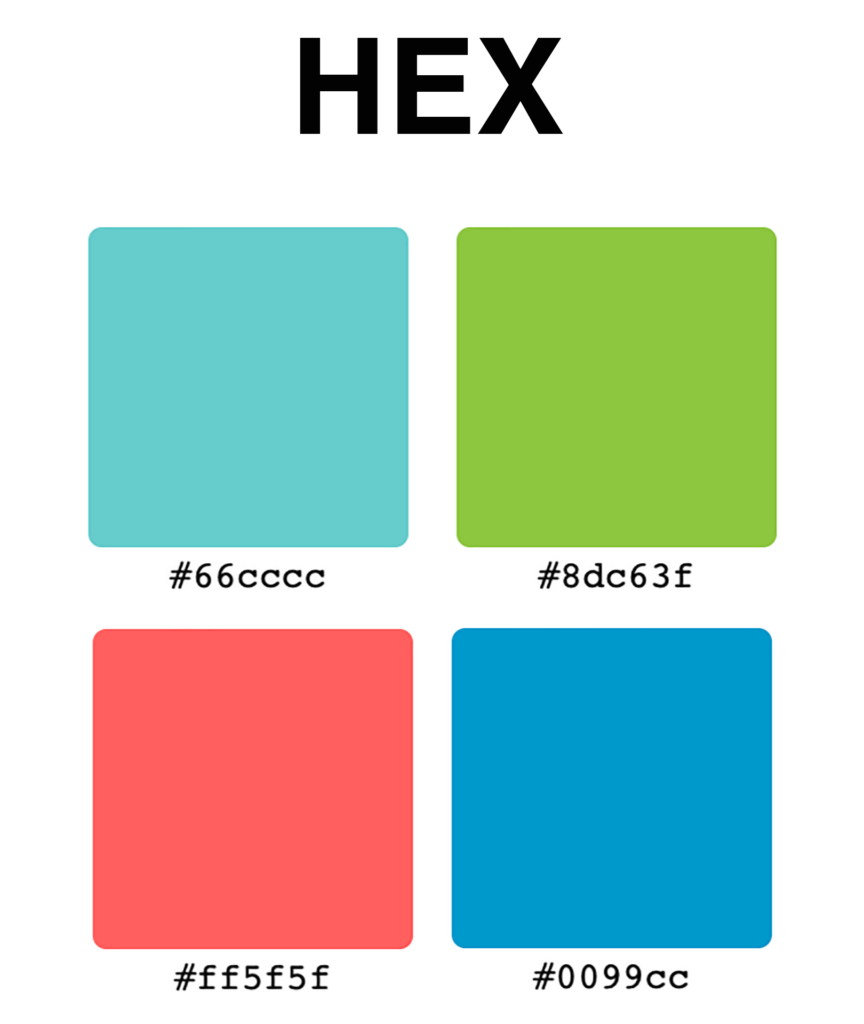
All marketing for your business depends on you being SEEN, HEARD and FOUND, so let’s talk about that.
Being SEEN – this is the easy one! Your company name is seen on…
- Print – brochures, business cards, postcards
- Wearables – put your logo on your shirts, hats, jackets
- Signs – on your building, decals, banners
- Mail – direct mail pieces you send out
- Vehicle Lettering – or magnetic signs on your vehicle
- In Person – when you attend a networking event (especially if your name is on your shirt!)
Being HEARD – a little more difficult. You have to make this one happen.
- Webinar – host or teach a webinar
- Sponsor an Event – you are usually given a few minutes to talk about your company
- Video – create a video and post it on Facebook, LinkedIn and YouTube
- Word of Mouth – when someone refers your business – this is the best way to be heard!
Being FOUND – a little more work, but the most important one!
- Website – EVERY business needs a web presence – there is no exception. Even if it is only a one page website. Please make sure it looks professional. This is the first place someone will go to check on your business.
- Social Media – you should have at least one social media account. Which one is best for you depends on the type of business you have and who your customer is. Click here for a chart showing the differences and page 2 has the links for each.
- Local Search – It doesn’t do any good to have a website if no one can find it! Make sure you are listed on all of the major search engines (at least the top ten – see the list below). Even more importantly, make sure your listings are up to date, correct and that your message is consistent.
- While we can help you with everything else we have listed, for Local Search there are companies that provide this service and do a great job at it – you should choose a company that is in your area (local). Our company uses Mimi Vanderhaven and we have been very happy with the service they provide.
List of top 10 search engines:
Make sure your business is seen, heard and found
